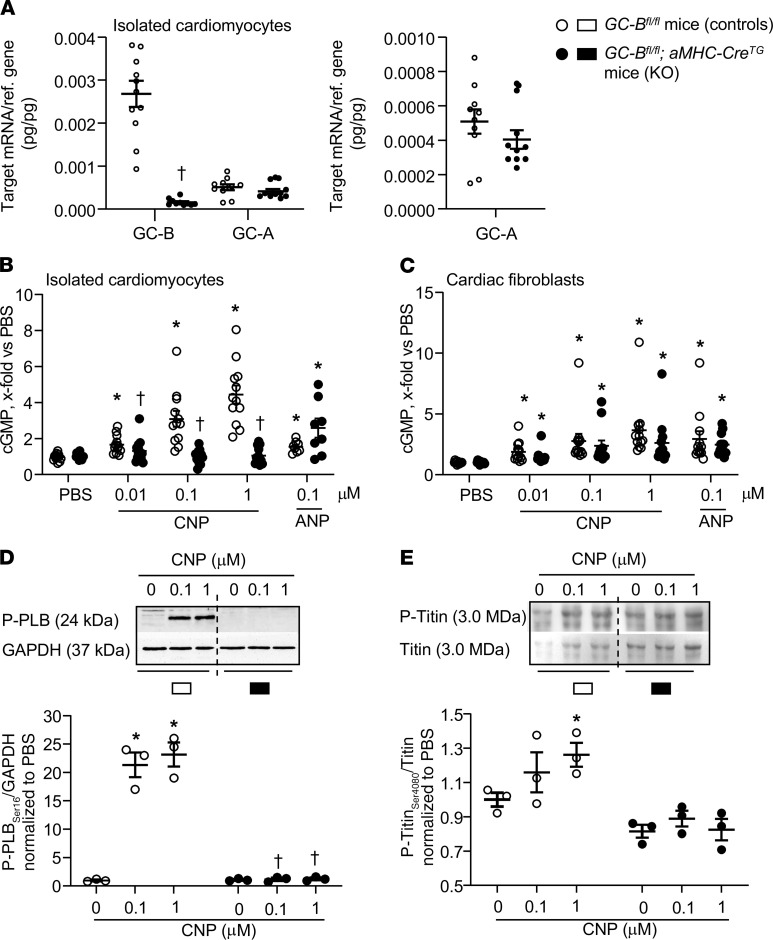Figure 3. Abolished CNP/cGMP signaling in CMs from mice with CM-restricted deletion (KO) of the GC-B receptor (GC-Bfl/fl αMHC-CreTg).
(A) qRT-PCR analyses. GC-B and GC-A mRNA expression levels in CMs isolated from GC-Bfl/fl mice without (controls) or with the αMHC-CreTg (KO). Values are the ratio of target mRNA level relative to β2 microglobulin. n = 10 samples from 5 mice/genotype, †P < 0.05 vs. GC-Bfl/fl mice (Mann-Whitney U test). (B and C) CNP (10 nM to 1 μM) and ANP (100 nM) enhanced cGMP levels of control myocytes and fibroblasts. CNP effects were abolished in myocytes but preserved in fibroblasts from KO mice; ANP effects did not significantly differ between genotypes. n = 12 samples from 6 mice/genotype (2-way ANOVA). (D and E). Immunoblotting. In control myocytes, CNP increased the phosphorylation of phospholamban at Ser16 (D) and of titin at Ser4080 (E). In KO myocytes, these effects were abolished. (Top) Representative Western blots. (Bottom) Levels of phosphorylated phospholamban (P-phospholamban) pentamers were normalized to GAPDH and of P-titin to total titin. Ratios were calculated as x-fold respective vehicle samples. n = 3 samples/genotype. *P < 0.05 versus PBS (represented as 0), †P < 0.05 versus control cells (2-way ANOVA). All data shown as means ± SEM.

